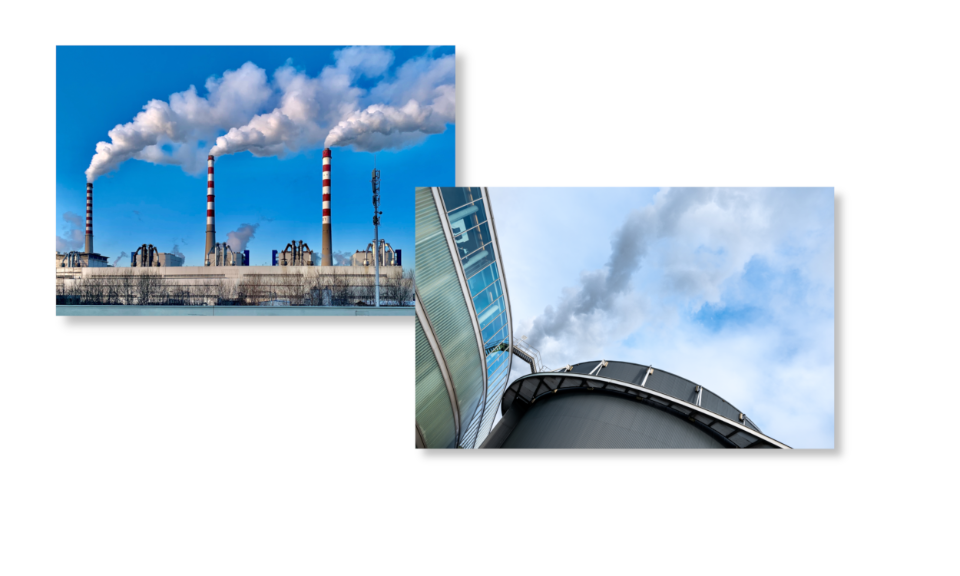'The impact of nitrous oxide on the global warming is much bigger than that of CO2!'

The emission of greenhouse gases contributes to global warming. There are various greenhouse gases, of which carbon dioxide (CO2) is the best known. Another greenhouse gas is nitrous oxide (laughing gas). Nitrous oxide is relatively unknown, but it is a very heavy greenhouse gas. We help to visualise the occurrence and emission of nitrous oxide and other greenhouse gases at sewage treatment plants.
Nitrous oxide and CO2
Nitrous oxide weighs much more than CO2. The influence of nitrous oxide on global warming is 273 times greater than that of CO2. This makes nitrous oxide emissions responsible for about a quarter of the total greenhouse gas emissions of the water chain - so let us tackle it!
'Nitrous oxide emissions are responsible for about a quarter of
the total greenhouse gas emissions from the water chain!'
Nitrous oxide not a part of the Climate Monitor
Reporting CO2 in the annual Climate Monitor is mandatory for water boards, but not for nitrous oxide and other greenhouse gases. Water boards are therefore not held accountable for this. That is strange, because nitrous oxide does contribute to the problem of climate change. Fortunately, we are seeing that water boards are conducting more research into nitrous oxide on their own initiative (see for example STOWA 2019-05).
Difficult challenge to lower nitrous oxide
Unfortunately, tackling nitrous oxide emissions is not so easy on a wastewater treatment plant. There are four ways in which nitrous oxide can be produced on a wastewater treatment plant. If you want to prevent emissions, you must find a balance so that none of these causes occur and the water can still be properly purified. In addition, the emission of nitrous oxide also changes through the seasons. It is therefore far from easy to prevent nitrous oxide emissions.
Measuring and analysing nitrous oxide
Witteveen+Bos has already been working for years on making sewage treatment plants more sustainable. Because we usually study emissions on an annual basis, it is difficult to give advice on processes that take place on a smaller timescale. However, the formation of greenhouse gases changes by the minute, so we must expand our consultancy work to accurately map out the greenhouse gas emissions at a wastewater treatment plant.

The Emission Impact Controller
That is why we are developing the Emission Impact Controller (EIC). The EIC consists of a combination of various models and measurements, which capture all greenhouse gases at a wastewater treatment plant. In this way, we can report, analyse, and ultimately control the greenhouse gas emissions at the sewage treatment plant on a minute-by-minute basis.
Smart collaboration
We do this in cooperation with Cobalt Water Global. An international party that has been specialising in nitrous oxide for ten years. We use their Artificial Intelligence/Machine Learning models to make even better predictions about nitrous oxide emissions, how they occur and how we can reduce them.
In this way, we are working towards a sustainable future!
Read more about the Emission Impact Controller
The Emission Impact Controller helps get a grip on greenhouse gas emissions at sewage treatment plants.



